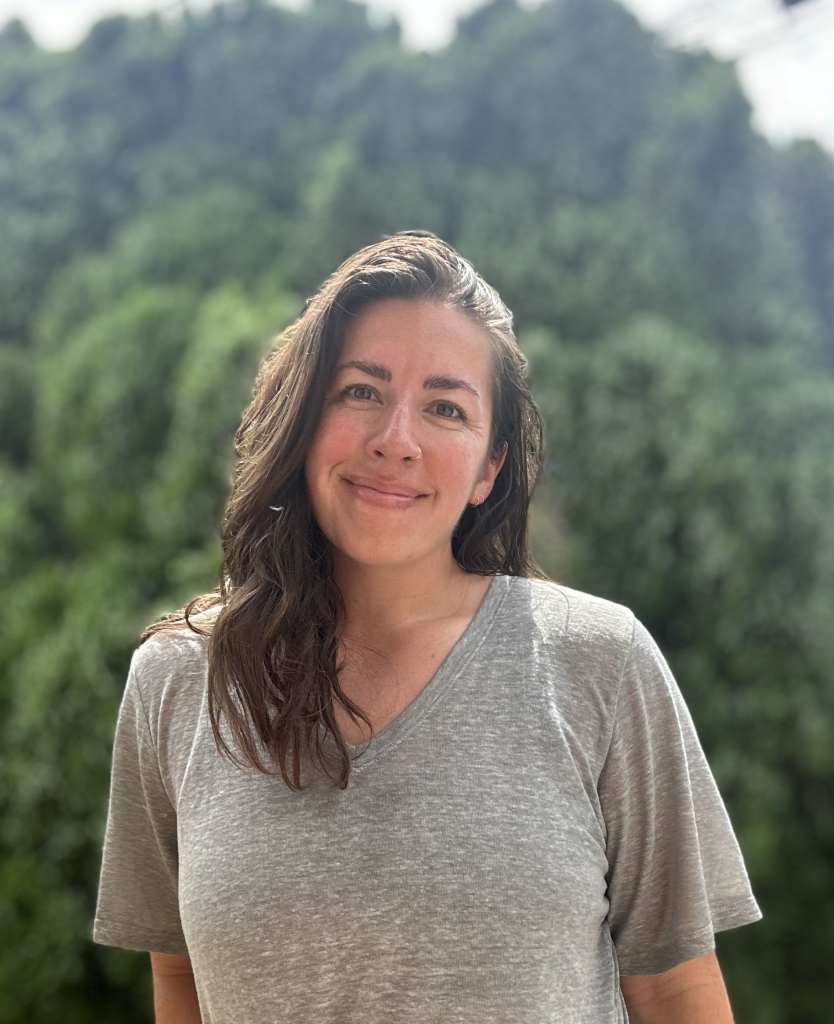
Katelyn Gruber is a Board Certified Behavior Analyst (BCBA) with Patterson Behavior Services. In this role, she supervises therapy programs and works directly with families to teach new skills and reduce challenging behaviors.
Katelyn completed her undergraduate degree in psychology at Virginia Commonwealth University in 2013 and her graduate degree in Special Education, Autism, and Developmental Delays from University of Texas at Austin in 2019. Her professional interests include neurodiversity-affirming practices, play-based therapy, and trauma-informed care.
How did you find ABA? Was there anything in particular that drew you to the field?
I fell into ABA somewhat unexpectedly. While teaching preschool, I had the privilege of working with some incredible children, their families, and their intervention teams. That experience inspired me to learn more about how to better support the students in my classroom.
I pursued my Master’s in Special Education at the University of Texas at Austin, with every intention of returning to the school setting. The program offered a BCBA track, which I decided to explore—and I ended up falling in love with ABA and the Early Start Denver Model (ESDM). ABA gave me the opportunity to work one-on-one with clients and their families in their natural environments, helping make the world more accessible and inclusive.
Your job is to teach children new skills, but often the children teach us things as well. What is something you have learned from a child?
I’ve learned so much about the importance of regulation and advocacy. All behavior is communication, and we’re all just trying to navigate this world in the best way we can. Modeling coping strategies, slowing down, breathing through challenges, and finding solutions together with clients, have been great reminders for my own life. It is okay to have feelings—and it’s essential to make space for them. Teaching kids self-advocacy has reinforced that we, as adults, are allowed the same grace and tools.
What do you think is your main strength on the job?
I like to play! I truly believe that play is one of the most powerful teaching tools we have. You can learn so much through shared joy, imagination, and connection. It’s in those moments of play that trust is built, and real learning happens.
If we did a preference assessment for you, which reinforcers would we find?
Yoga and weightlifting are big reinforcers for me—they help with both regulation and recharging. A relaxing day near the water definitely ranks high too.
What is your favorite part of your job?
The relationships. Watching each child build meaningful connections with those around them is incredibly fulfilling. Seeing them laugh, smile, and play with their parents, RBTs, and peers—creating a space where they feel safe to grow and share their interests—is the most beautiful part of the job. That confidence and love opens up the world around them.
There are some misunderstandings about what ABA is and how therapy works. What is something you wish everyone understood?
The goal should never be compliance. At its core, ABA, when practiced ethically and compassionately, is about supporting autonomy, communication, and access to meaningful experiences. Every intervention should center the learner’s voice, respect their neurodivergence, and be aligned with their values and goals. The most effective and affirming work happens when we prioritize relationships, consent, and dignity.

Leave a Reply